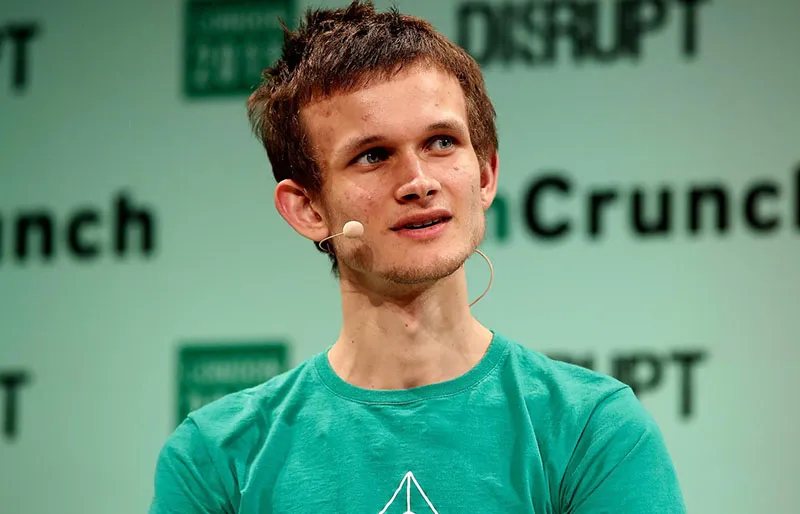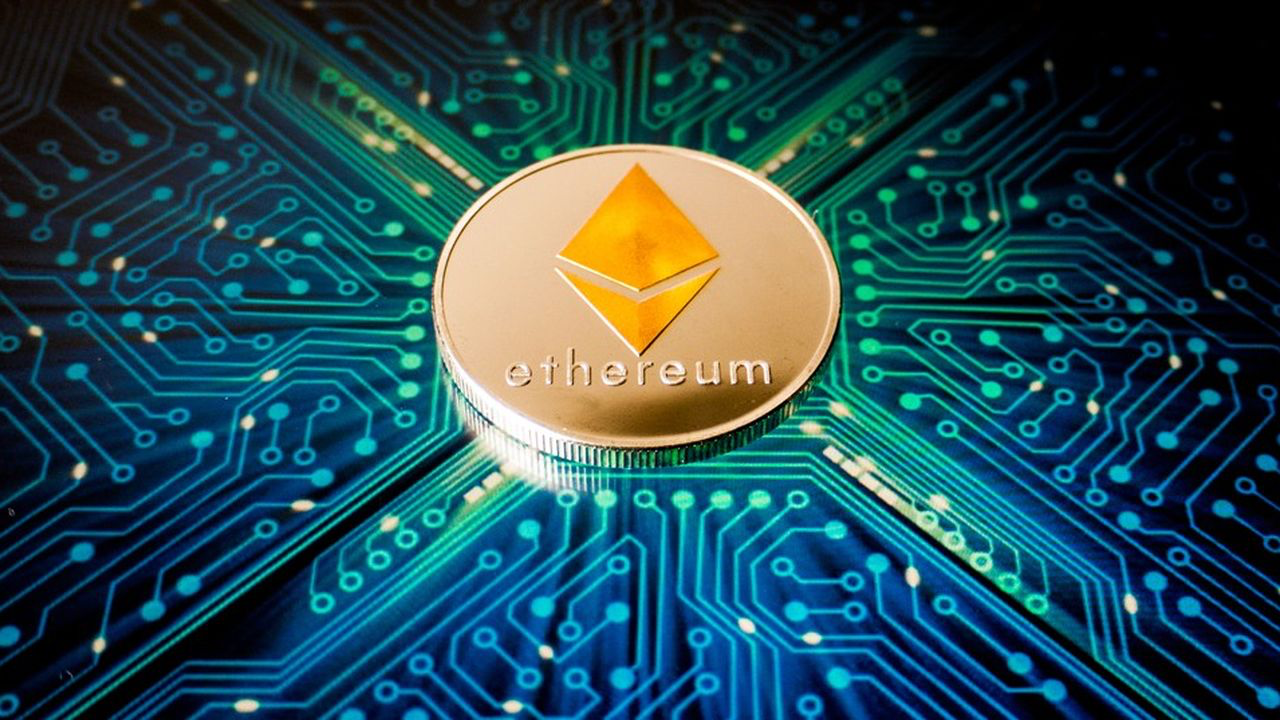The world of cryptocurrencies is surprising for its dynamics and innovations. Behind many projects are people whose ideas are changing the financial industry. Vitalik Buterin is one of those geniuses. His vision and ability to execute complex concepts have made the creator of Ethereum a key figure in the cryptocurrency world.
Vitalik Buterin: Biography and Early Life
The biography of the creator of Ethereum begins with his birth on January 31, 1994, in Kolomna, Russia. Vitaly grew up in a family of engineers, which stimulated his early interest in mathematics and computer science. Since 2000, he demonstrated outstanding skills in these areas, leading him to enroll at the prestigious Ural Federal University, where he graduated with a degree in Mathematics and Computer Science in 2014.

Even during his school years, Vitaly was interested in cryptocurrencies, reading specialised literature and participating in online communities. In 2011, while studying at university, he encountered Bitcoin and began studying its technology. This interest led him to develop the idea of Ethereum, seeking to create a platform that would surpass Bitcoin’s capabilities.
Vitaly was actively involved in projects related to cryptocurrencies and blockchain technologies, which laid the groundwork for his future achievements in the development and promotion of Ethereum. His passion for innovation and constant personal development have allowed him to become one of the most influential figures in the cryptocurrency world.
Who is Vitalik Buterin? The visionary behind Ethereum
The creator of Ethereum is known as one of the smartest and most ambitious people in the cryptocurrency industry. His skills in mathematics and programming allowed him to develop Ethereum’s complex architecture, including smart contracts and decentralised applications (DApps).
Vitaly has been actively working to promote Ethereum by organising conferences, participating in panel discussions, and collaborating with leading developers. His ability to see the future of technology and its potential to change the world makes him a key player in the development of cryptocurrencies. Vitaly has also made significant contributions to the development and user communities of Ethereum, helping to increase its adoption and popularity.
His leadership and perseverance have helped Ethereum overcome numerous challenges and become one of the most important cryptocurrencies on the market. Vitaly continues to work to improve the platform, introducing new technologies and expanding its functionality.
History of Ethereum: Concept, Implementation, and Challenges
 In 2013, the creator of Ethereum proposed the idea of a platform that would support not only financial transactions but also the execution of programmable smart contracts. This concept has allowed developers to create decentralized applications by extending the functionality of the blockchain.
In 2013, the creator of Ethereum proposed the idea of a platform that would support not only financial transactions but also the execution of programmable smart contracts. This concept has allowed developers to create decentralized applications by extending the functionality of the blockchain.
Ethereum’s development process included the creation of a new virtual machine, the Ethereum Virtual Machine (EVM), which enables the execution of smart contracts. In 2014, Vitaly and his team conducted an ICO (initial coin offering) and raised approximately $18 million to fund the project.
Key milestones included the launch of a testnet in 2015, a subsequent mainnet, and the integration of SegWit and Lightning Network technologies to improve scalability. The challenges Vitaly faced included technical difficulties, regulatory barriers, and competition from other cryptocurrency projects. Despite these obstacles, Ethereum has become the second most important cryptocurrency after Bitcoin, securing its position in the market.
The development and implementation of new features such as smart contracts and decentralized applications have allowed Ethereum to become the foundation for many innovative projects, greatly expanding its influence and popularity.
Ethereum and Vitalik Buterin: A Symbiosis of Innovation and Leadership
The creator of Ethereum has been working with the development team to implement new features and improve existing ones. His contributions to the development of technologies such as smart contracts and DApps have allowed Ethereum to become the foundation for many innovative projects in the DeFi (decentralized finance) and NFT (non-fungible token) space.
Vitaly’s leadership skills, including his ability to think strategically and manage projects, have played a key role in Ethereum’s success. Vitaly has been actively promoting Ethereum globally, participating in conferences and investor meetings, which has contributed to its distribution and recognition.
His ability to adapt to changing market conditions and implement new technologies has allowed Ethereum to remain competitive and in-demand. Vitaly continues to inspire the team and community to develop new solutions aimed at improving and expanding the platform’s functionality.
Vitalik Buterin’s Role in Cryptocurrencies: Influence and Legacy
The role of the creator of Ethereum includes his contribution to the development of the entire cryptocurrency market. Vitaly has made a significant contribution to the popularization of blockchain technologies by developing standards and best practices for developing decentralized applications.
The influence of Ethereum on other cryptocurrency projects is obvious: many new coins and platforms take the Ethereum architecture as a foundation, expanding and adapting it to their needs. Vitaly is also actively involved in educational initiatives, sharing knowledge and experiences with young developers and entrepreneurs, stimulating innovation and industry development.
Philosophy and Motivation of the Ethereum Creator
Vitalik’s philosophy is to strive for decentralization and the creation of open technologies accessible to all. His motivation for creating Ethereum was to provide developers with the tools to create innovative applications that could transform various industries.
Vitaly is committed to the principles of transparency and security, which is reflected in Ethereum’s architecture. He strives to create sustainable and scalable solutions that can handle the growth of users and transactions. Vitaly’s philosophy also includes a commitment to inclusion, providing access to financial services to those who previously lacked access.

Conclusion
 Ethereum’s creator, Vitalik Buterin, has left an indelible mark on the cryptocurrency world. His innovative ideas and leadership have allowed Ethereum to become one of the most influential platforms, shaping the future of digital finance.
Ethereum’s creator, Vitalik Buterin, has left an indelible mark on the cryptocurrency world. His innovative ideas and leadership have allowed Ethereum to become one of the most influential platforms, shaping the future of digital finance.
 en
en  de
de  ar
ar  es
es  hi
hi  fr
fr  nl
nl  it
it  pt
pt  el
el 



